Some animals are iconic—think lions, pandas, elephants.
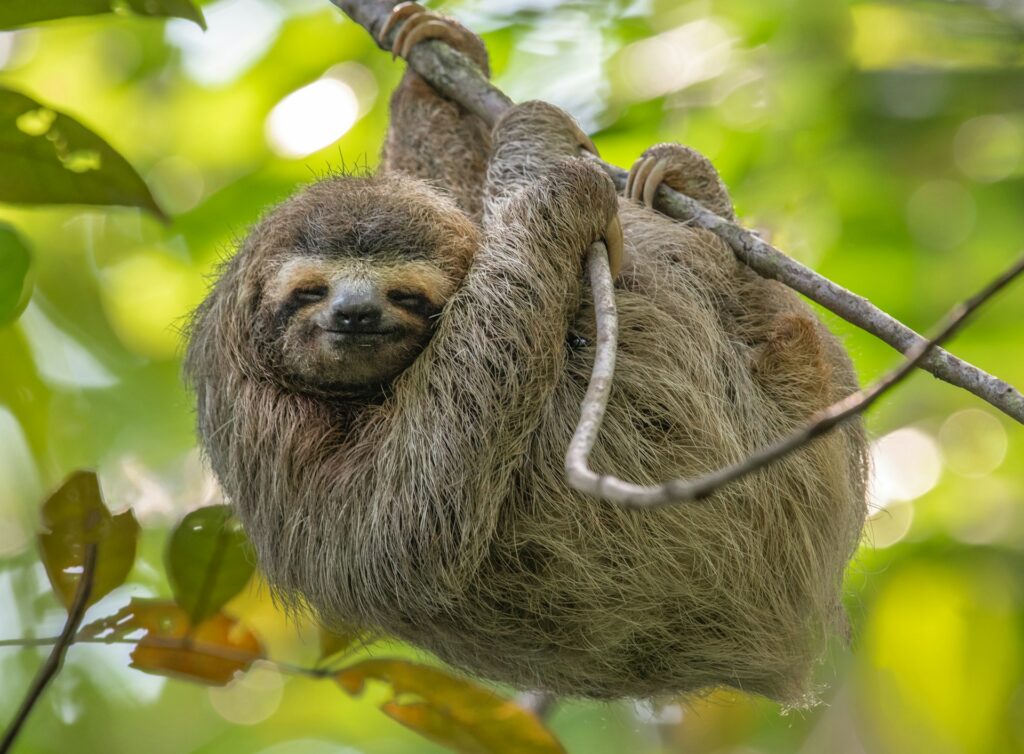
They get the attention, the documentaries, the cute calendars. However, beneath that spotlight is a world of less glamorous creatures doing absolutely essential work. These animals might not make headlines, but they’re often the backbone of the ecosystems we depend on. They pollinate plants, move seeds, clean up waste, regulate populations, and keep everything ticking over. These are some of the lesser-known, unique animals that play a vital role in keeping ecosystems healthy, balanced, and alive.
Sea otters

Sea otters don’t just float around looking adorable—they’re key players in maintaining coastal ecosystems. In places like the Pacific Northwest, they keep sea urchin populations in check. Without otters, urchins explode in number and devour kelp forests, leaving behind what scientists call “urchin barrens.” Kelp forests are vital carbon sinks, nurseries for fish, and coastal protectors. Sea otters help them thrive simply by being hungry. It’s a classic case of a predator keeping things balanced from the top down.
Vultures
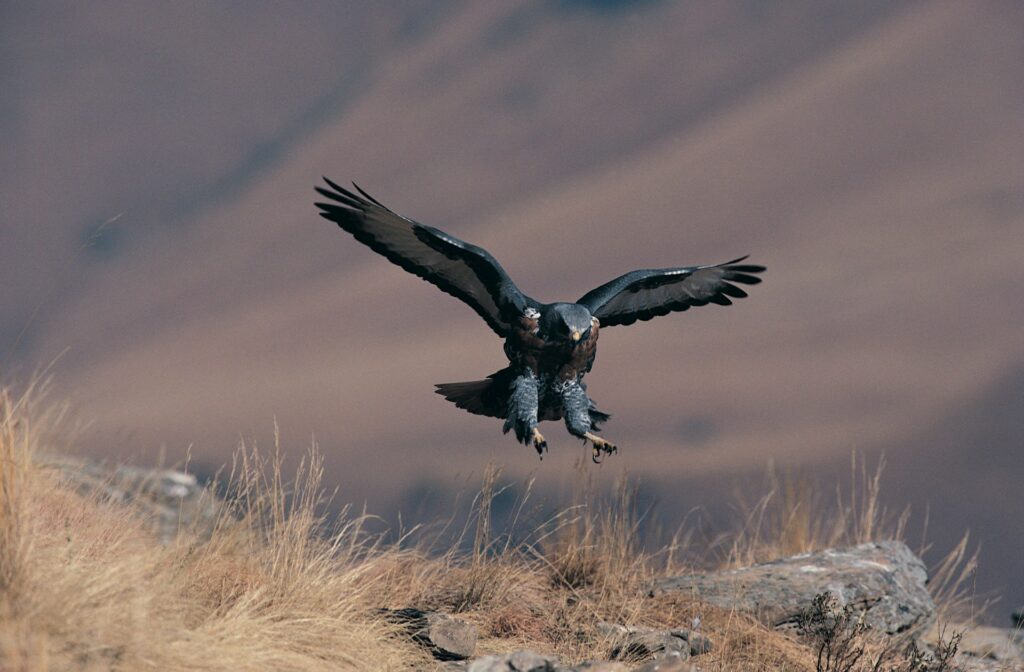
They don’t get much love, but vultures are crucial for public health and ecological stability. They’re scavengers, feeding on dead animals that would otherwise rot, spread disease, or attract pests. Unlike many other scavengers, vultures have highly acidic stomachs that kill off dangerous pathogens. In areas where vulture populations have declined, like parts of India, cases of rabies and other diseases have spiked due to feral dogs moving in to do their job (less effectively).
Beavers

Beavers completely reshape their environments by building dams and creating wetlands. These wetlands slow water flow, reduce erosion, store carbon, support biodiversity, and help reduce the impact of floods and droughts. In many places, reintroducing beavers has helped bring ecosystems back to life. Their work creates habitats for birds, amphibians, insects, and fish. They don’t just live in ecosystems, they build them.
Termites

In tropical and arid ecosystems, termites break down tough plant material and recycle nutrients back into the soil. Their mounds aerate the earth, improve water absorption, and create microhabitats that benefit countless other species. Despite being seen as pests, termites are fundamental to healthy soil systems, particularly in areas where traditional decomposition is slow. They help maintain fertility and structure in places where the soil would otherwise degrade.
Bats
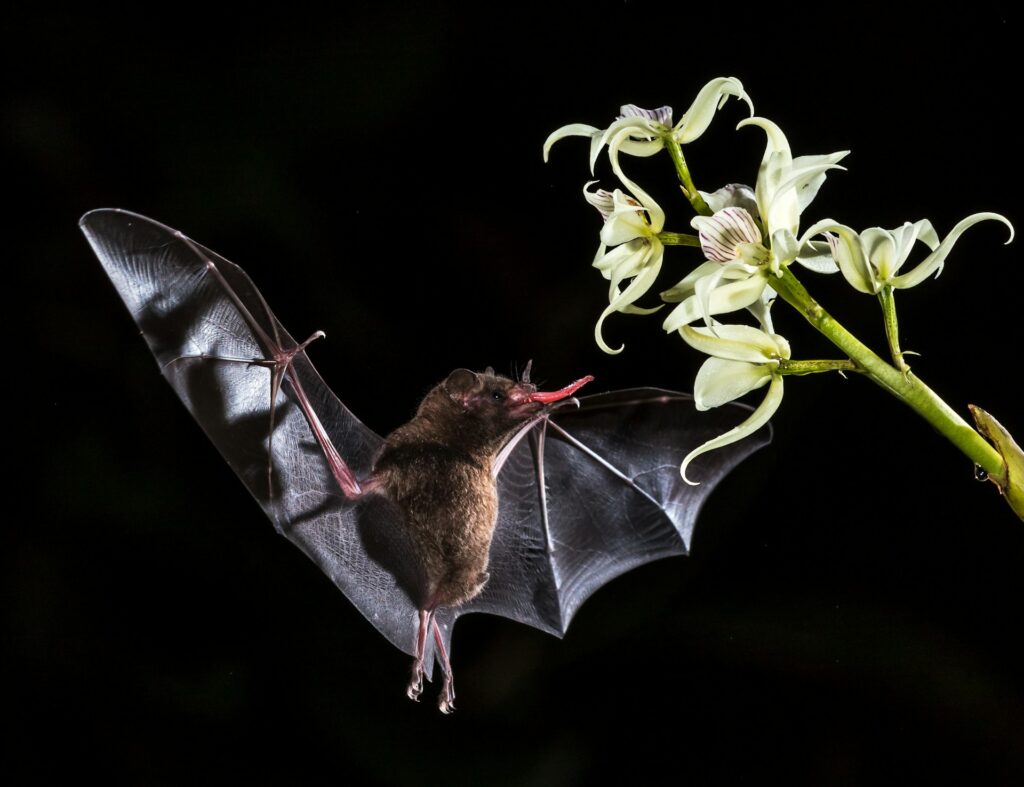
Bats do more than flap around at dusk. Many species play a key role in pollinating plants, especially tropical fruits like bananas, mangoes, and agave (which gives us tequila). Others eat vast quantities of insects, including mosquitoes and crop pests. A single bat can eat thousands of insects in one night, making them natural pest control agents. Without bats, we’d be facing a lot more bugs, and a lot fewer fruit trees.
Krill
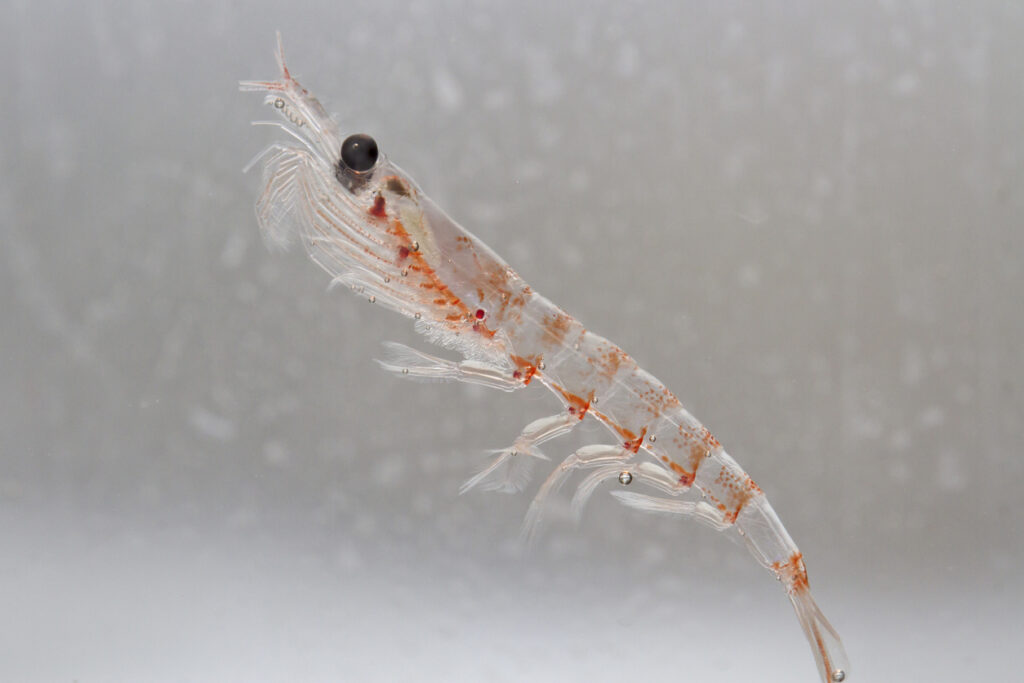
Tiny but mighty, krill are a crucial food source for whales, seals, penguins, and fish. They feed on phytoplankton and, in turn, pass on that energy to larger animals. Without them, huge parts of the ocean food web would collapse. Krill also help regulate carbon in the ocean. As they feed and excrete waste, they move carbon from surface waters to the deep sea, playing a role in climate regulation that we’re only just beginning to fully understand.
Leafcutter ants

These ants don’t eat the leaves they carry—they use them to grow fungus. That fungus is their food source, and their underground gardens are some of the most complex farming systems in nature. By cutting and transporting leaves, they also help with decomposition, aerate the soil, and influence plant growth. Their colonies are intricate and deeply influential to the ecosystems they live in.
Parrotfish

Parrotfish feed on algae that grows on coral reefs. Without them, algae can smother coral, block sunlight, and weaken the reef system. Parrotfish keep reefs clean and balanced. They also help create the beautiful white sand beaches we love. Much of that sand is actually parrotfish poop, undigested coral ground up by their powerful jaws. It’s a strange but important contribution to both reef health and coastal landscapes.
Prairie dogs

Prairie dogs are often considered pests in farming areas, but their burrows create shelter for many other animals, including burrowing owls, snakes, and insects. Their digging also helps cycle nutrients, improve soil health, and allow water to penetrate more deeply into the ground. They’re also a key prey species, supporting predators like hawks, eagles, coyotes, and ferrets. In ecosystems like the North American plains, they’re essential.
Elephants

Elephants aren’t exactly obscure, but their role as ecosystem engineers is often underappreciated. They knock down trees, dig water holes, and most importantly, disperse seeds over vast distances through their dung. Some trees rely entirely on elephants to spread their seeds far and wide. Without them, forests become less diverse, and plant life starts to shift in unhealthy ways. Their footprints even create little seedling microhabitats, helping new life grow.
Sloths
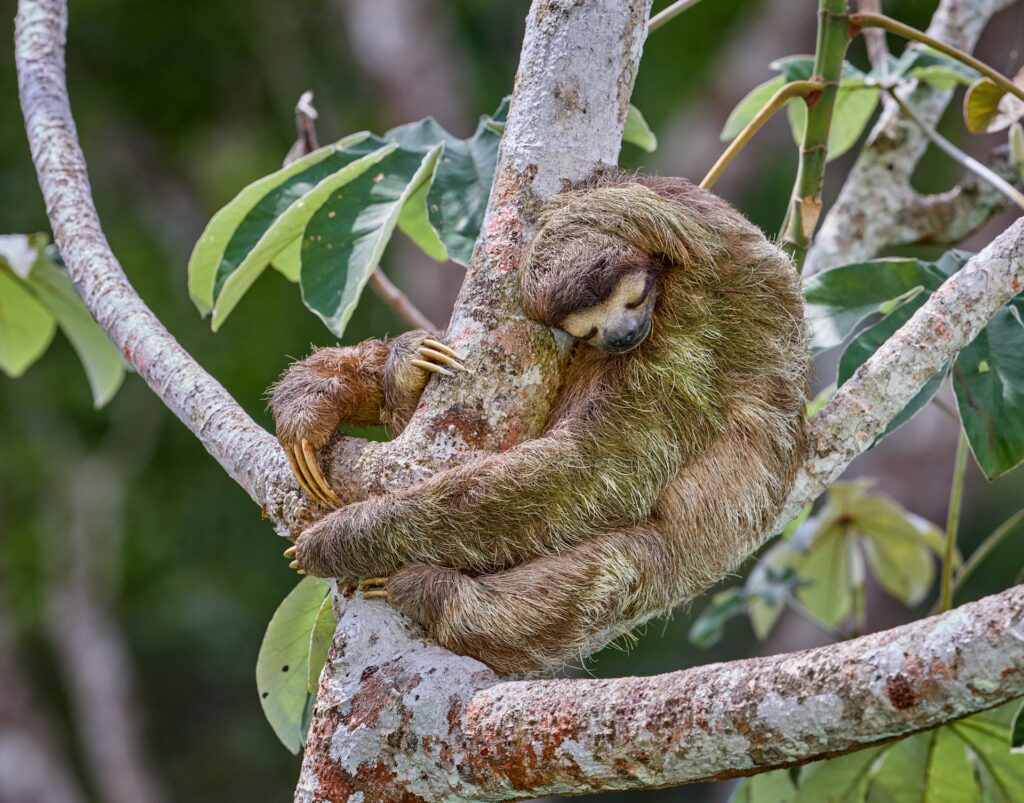
Sloths might seem like they don’t do much, but their fur hosts entire micro-ecosystems. Algae, fungi, and insects live in and on them, including moths that only exist in sloth fur. The algae that grows on them helps camouflage the sloth, but it may also provide nutrients when sloths groom themselves. It’s a mobile ecosystem, and its presence has an impact on nutrient cycling in rainforest canopies.
Pangolins
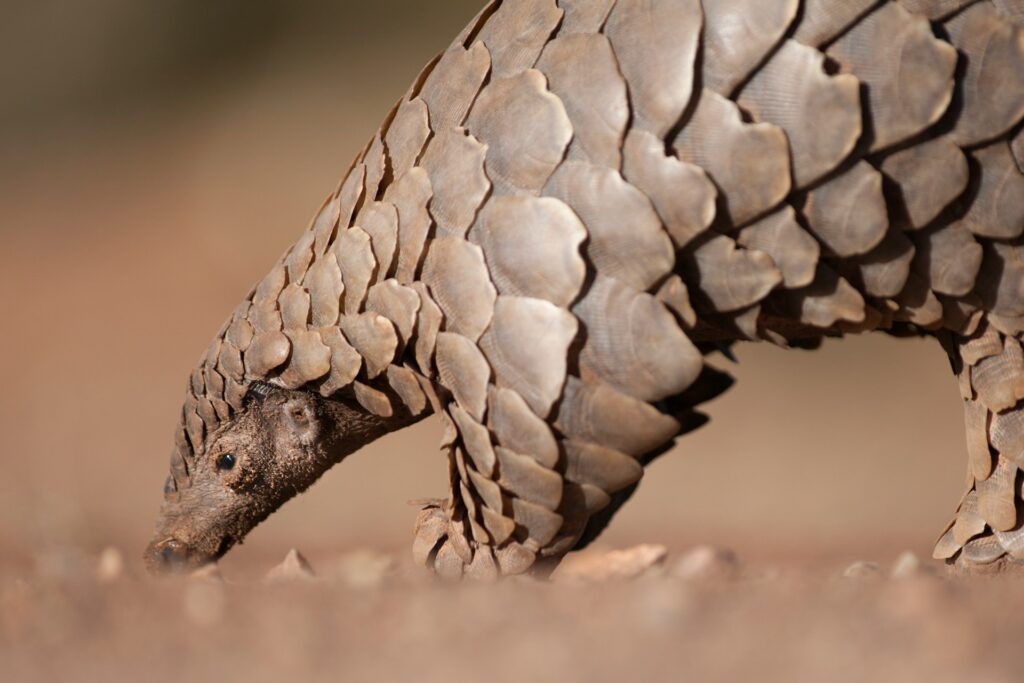
Pangolins are nocturnal, scaly mammals that eat ants and termites by the thousands. A single pangolin can consume up to 70 million insects a year, making them vital to controlling populations that might otherwise damage ecosystems, or homes and crops. Because they’re shy and often poached, their role in pest control is overlooked. But they’re a key part of maintaining insect balance in forests and savannas.
Dugongs
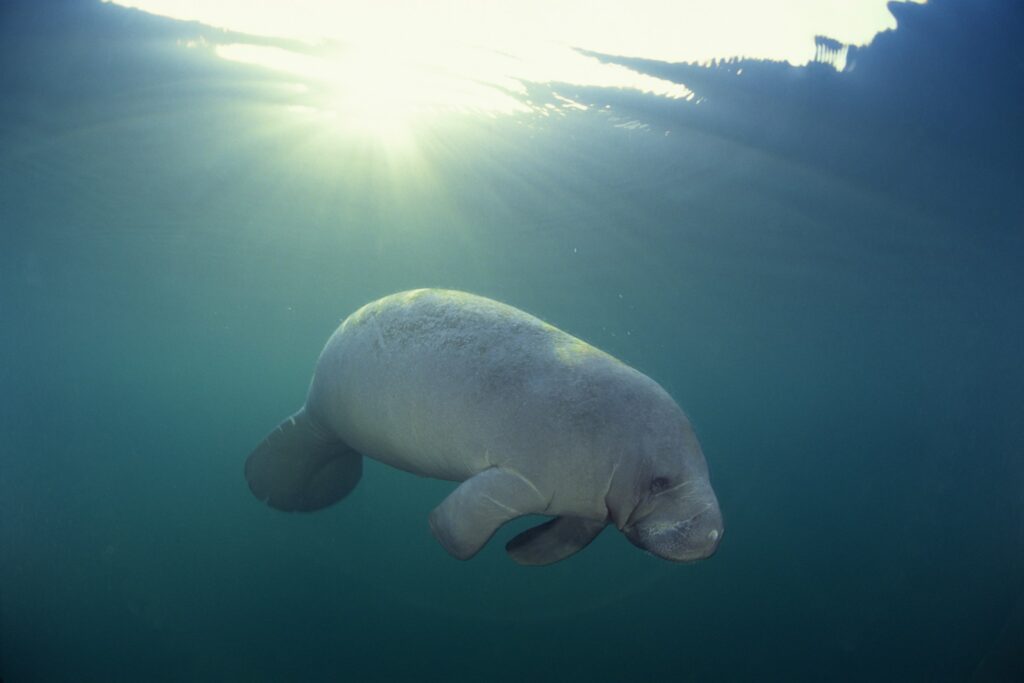
Dugongs graze on seagrass, trimming it down and encouraging regrowth, much like land herbivores manage grasslands. This keeps seagrass meadows healthy, which in turn supports fish nurseries, carbon storage, and erosion control. Without dugongs (or their close relatives, manatees), these underwater meadows can become overgrown or die off, disrupting entire coastal ecosystems.
Small (and not-so-small) actions, big impact
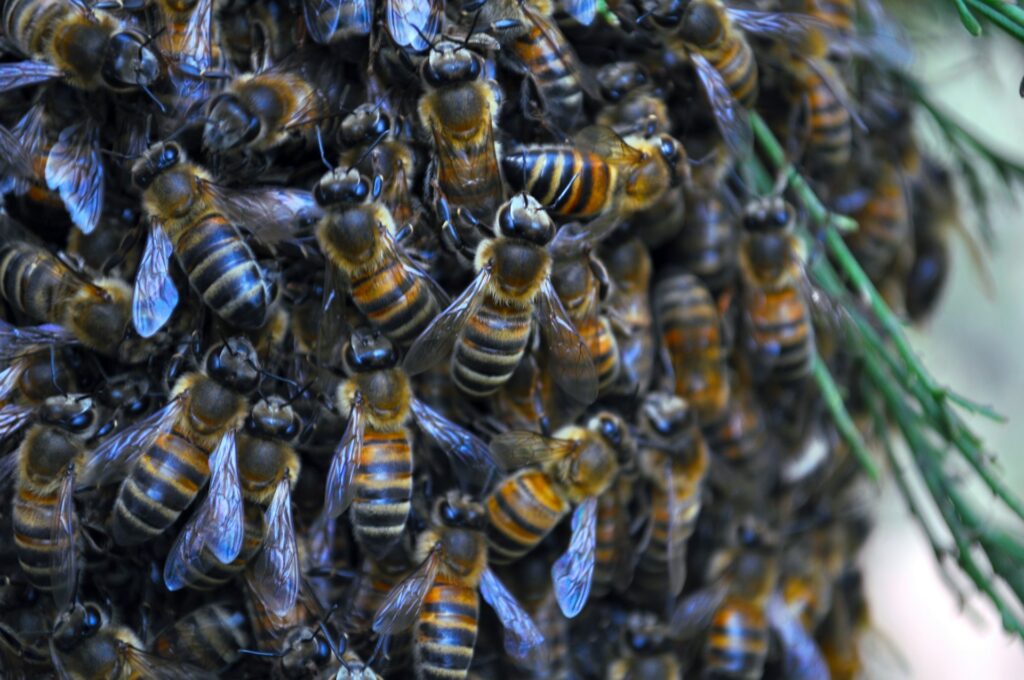
Every one of these animals plays a role that’s bigger than it seems. They might not be the centrepiece of wildlife documentaries, but their impact on the health of ecosystems—and by extension, the planet—is huge.
When we talk about conservation, it’s tempting to focus on the famous or the photogenic. But protecting biodiversity means looking at the whole picture. That includes the scavengers, the seed-spreaders, the diggers, the grazers, and the quiet contributors doing their bit behind the scenes. If we want healthy forests, oceans, plains and rivers, we need to protect the animals holding them together. Because in nature, nothing exists in isolation, and the smallest players can hold the biggest systems in place.